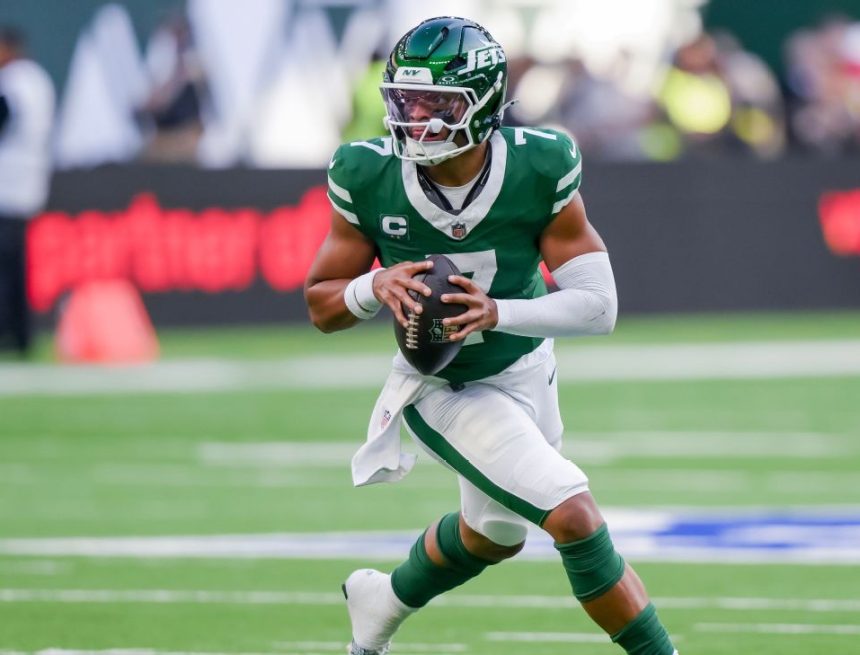The threat to human creativity from technology took another step closer this week with the appearance of Tilly Norwood, the first 100% AI-generated actor. Unsurprisingly, her unveiling at the Zurich film festival in a comic sketch called AI Commissioner caused an outcry. Emily Blunt described the film as “terrifying” and the actors’ union Sag-Aftra condemned it as “jeopardising performer livelihoods and devaluing human artistry”.
There is much that is problematic about Norwood, not least the message her “girl-next-door vibe” sends to young women. But the more serious point is that her face has been made from those of real actors without their knowledge or consent. Her lighthearted debut masks the fact that she is part of a new model of media production that rides roughshod over longstanding norms and laws governing artists and their work.
Hollywood has been anticipating Norwood’s arrival for some time. Films such as the 2002 sci-fi Simone, about a film director who creates the perfect actress on a computer, and 2013’s The Congress, in which an ageing star is digitally scanned by her studio, were remarkably prescient. Last year’s body horror The Substance, starring Demi Moore as a waning celebrity who spawns a younger clone, similarly satirised the industry’s obsession with youth and beauty. Now, Victor Frankenstein-like, the film world is staring the “perfect actress” in the face.
Norwood’s creator, the actor and writer Eline Van der Velden, defended her as “not a replacement for a human being”, but “a piece of art”, describing AI as a new tool, like a paintbrush. According to its advocates, AI will democratise film, since everyone will be able to make movies without the resources of a big studio.
From the Gutenberg press to talkies and TV, all creative revolutions have been feared and reviled. There wasn’t always an Oscar for visual affects, after all. And AI is already part of film-making, especially in animation and sci-fi genres. Two of last year’s Oscar-winning films – The Brutalist and Emilia Perez – used AI to enhance voices. Dead actors including Carrie Fisher have been resurrected for posthumous cameos.
But while some welcome such possibilities, as well as the prospect of AI actors slashing production costs by 90%, workers in the film industry are justifiably alarmed. The 2023 Hollywood writers’ strike resulted in a partial victory against the use of AI. And while A-listers’ views on Norwood have been widely reported, as always it is less influential people whose jobs are most at risk – background and voice actors, makeup artists and production teams.
AI actors are an inevitable product of a culture awash with social media slop, cosmetic surgery and fakery. As yet, Norwood can’t act or interact. She can’t empathise, because, it hardly needs to be said, she is not a person. She is not “art” either; she is data. The human connection is the true magic of movies, and that cannot be artificially generated. We watch films to see real people in real locations, feeling real emotions. We do not want perfect vibes.
But while warnings that Norwood is a doe-eyed existential threat to the film industry might be exaggerated, at least for the moment, that doesn’t mean there is nothing to fear. Legislation is slow and clunky, while technology advances dizzyingly fast. More must be done to protect performers and film crews, and the value of human creativity.


